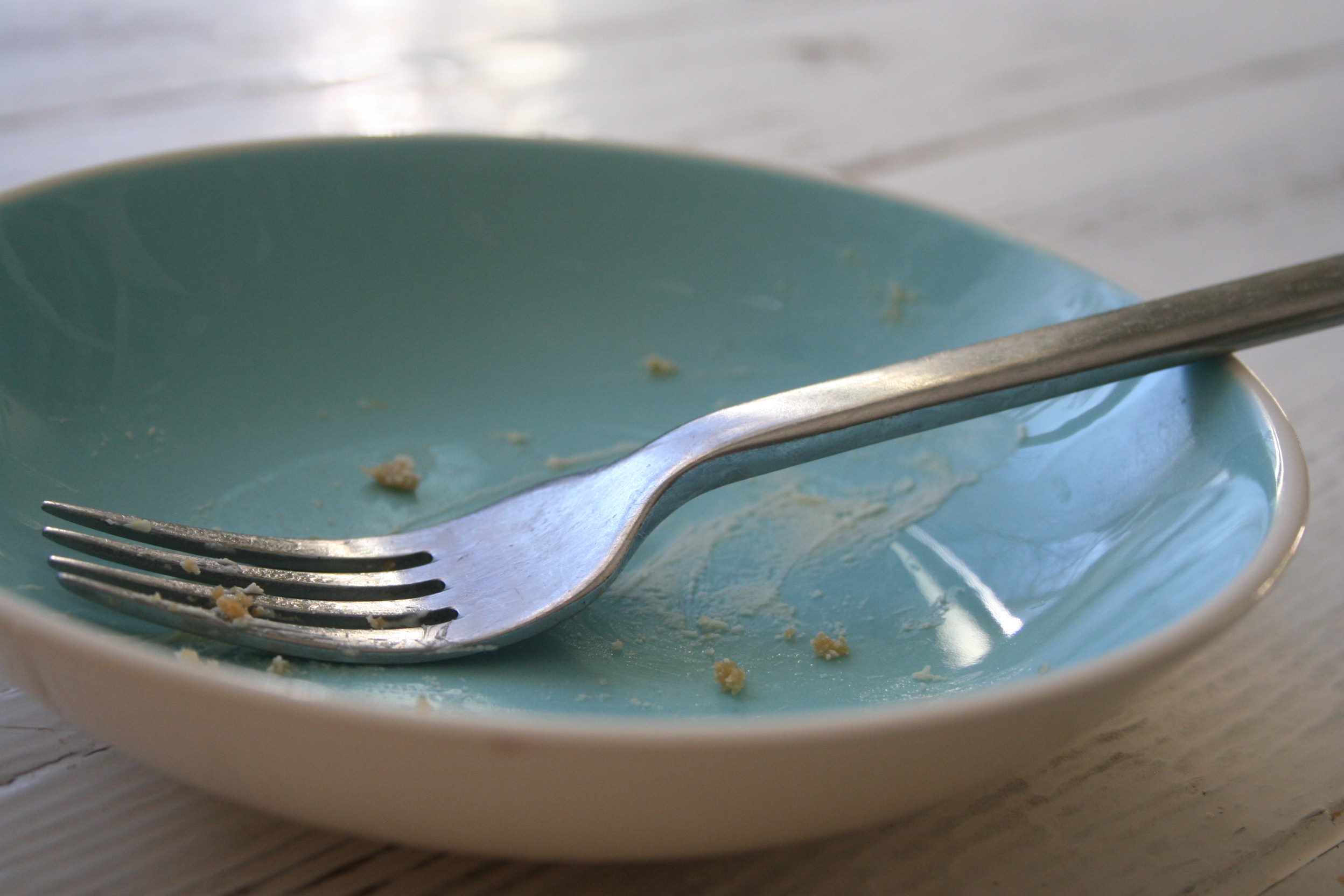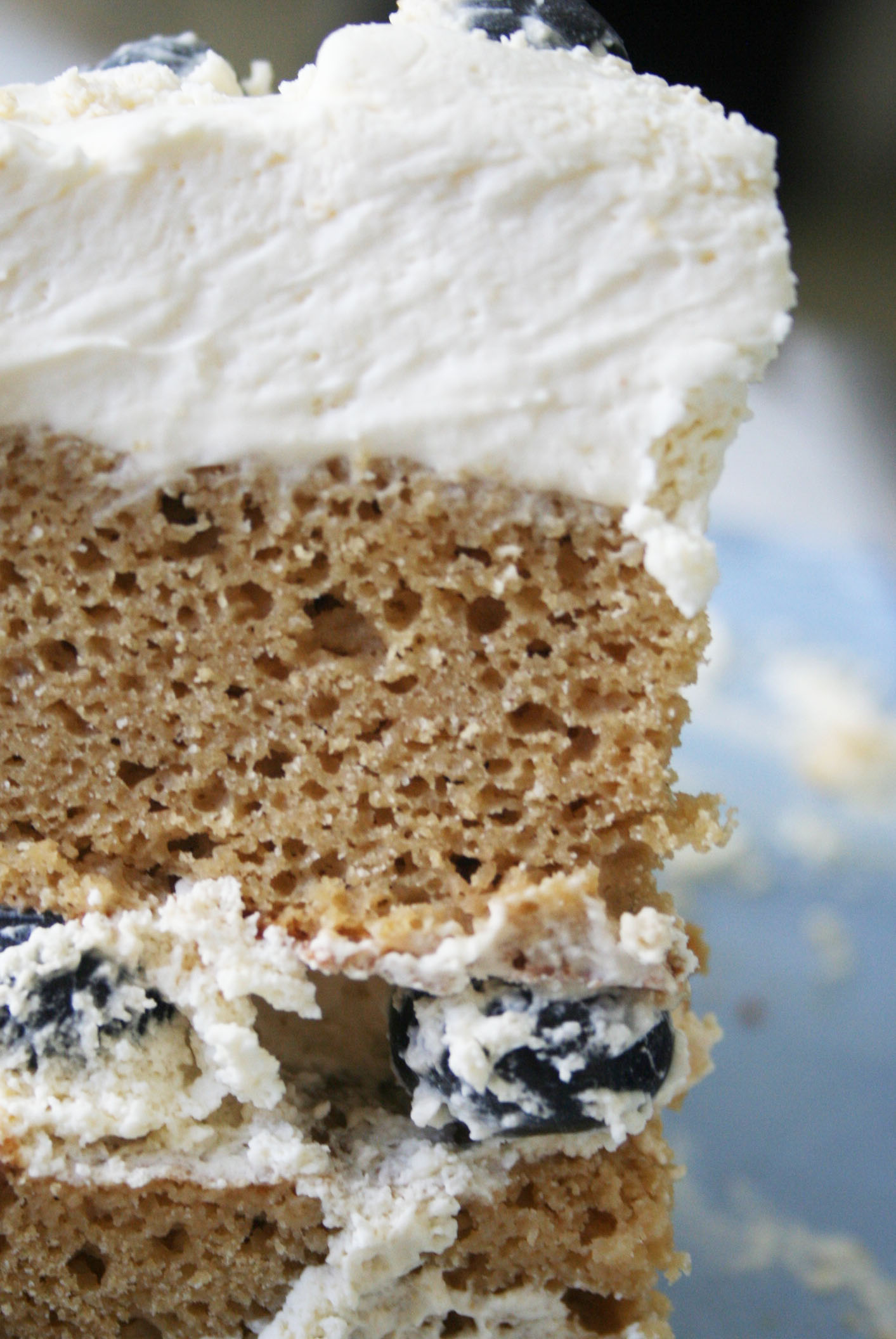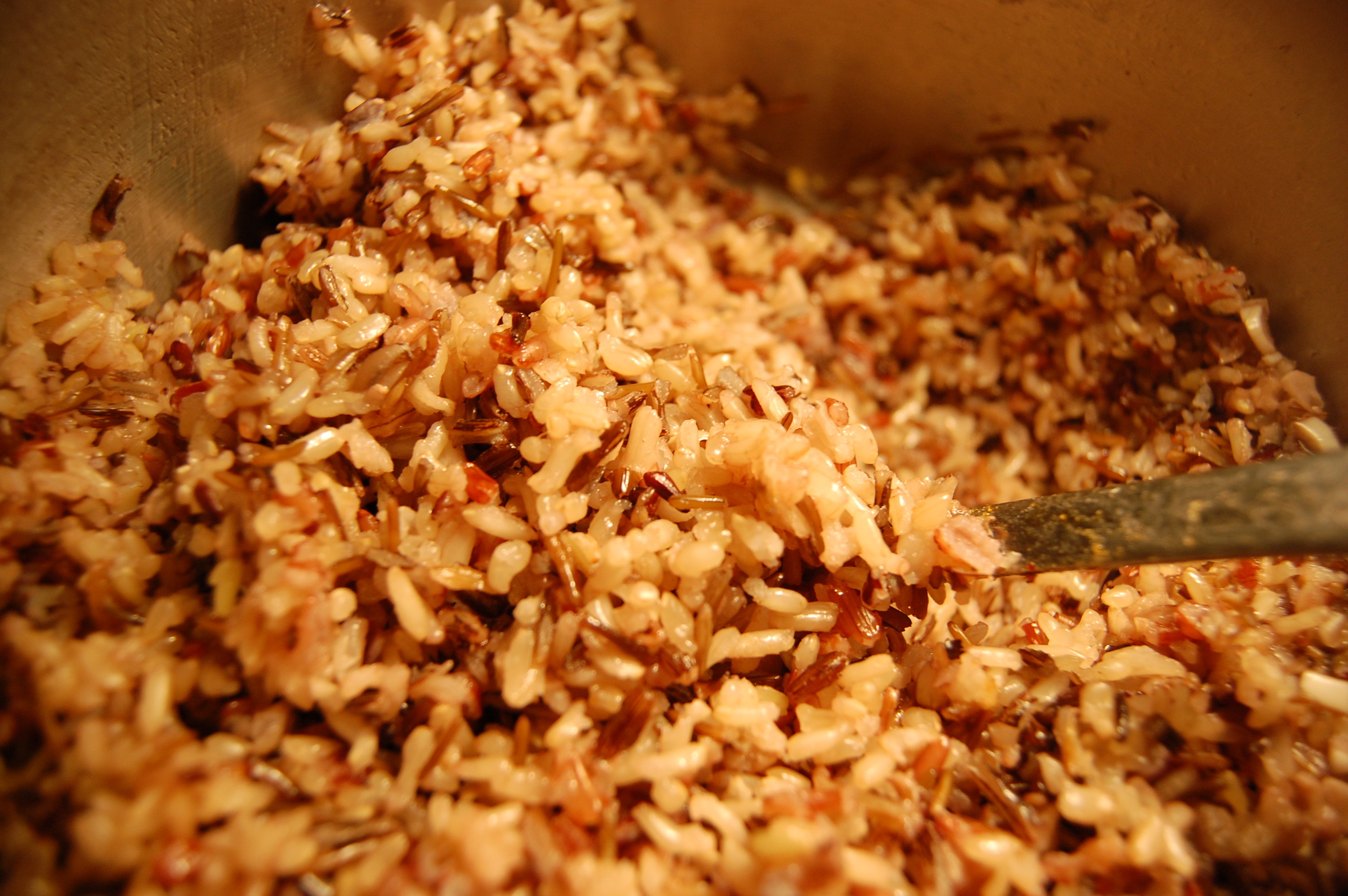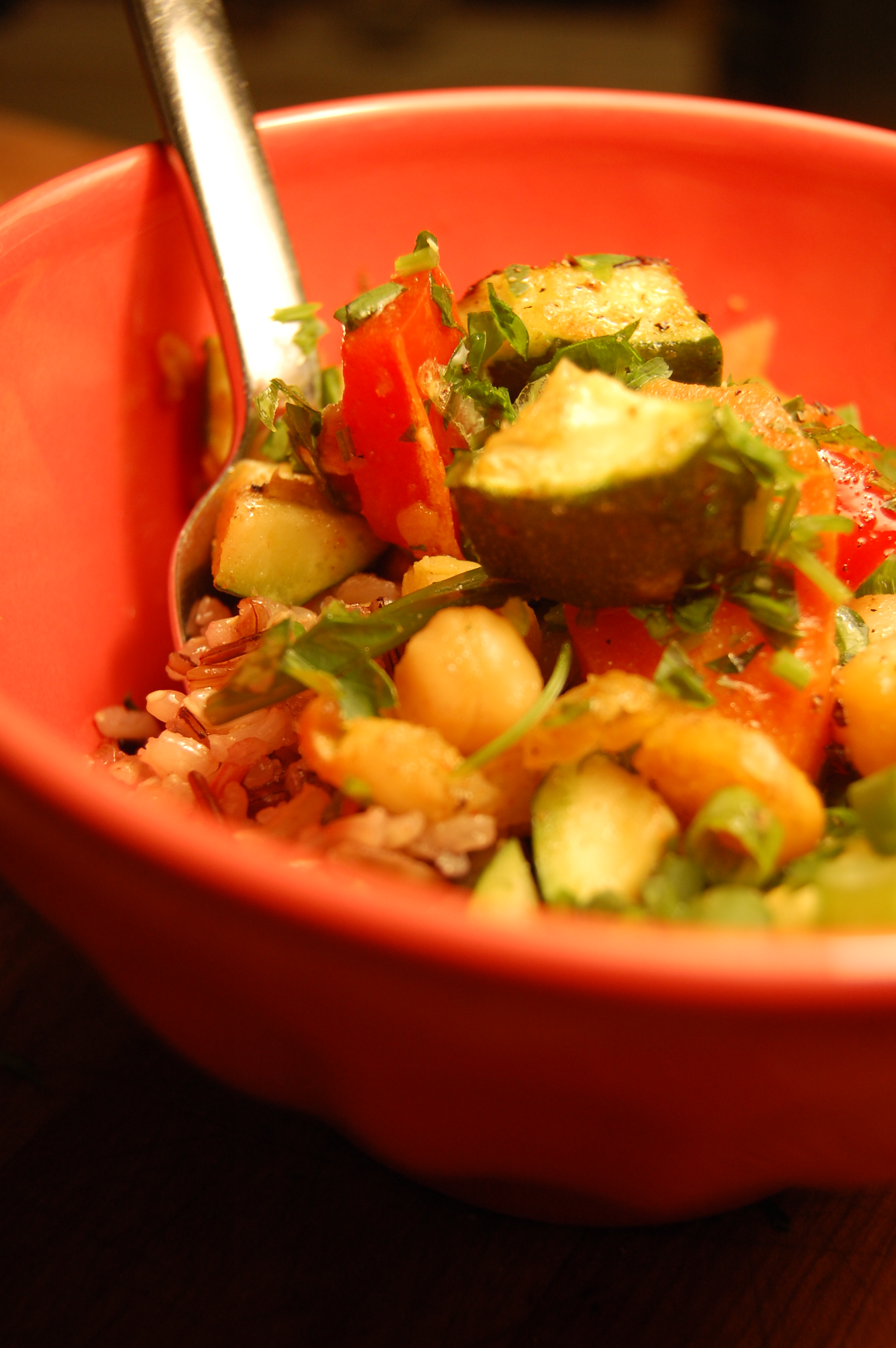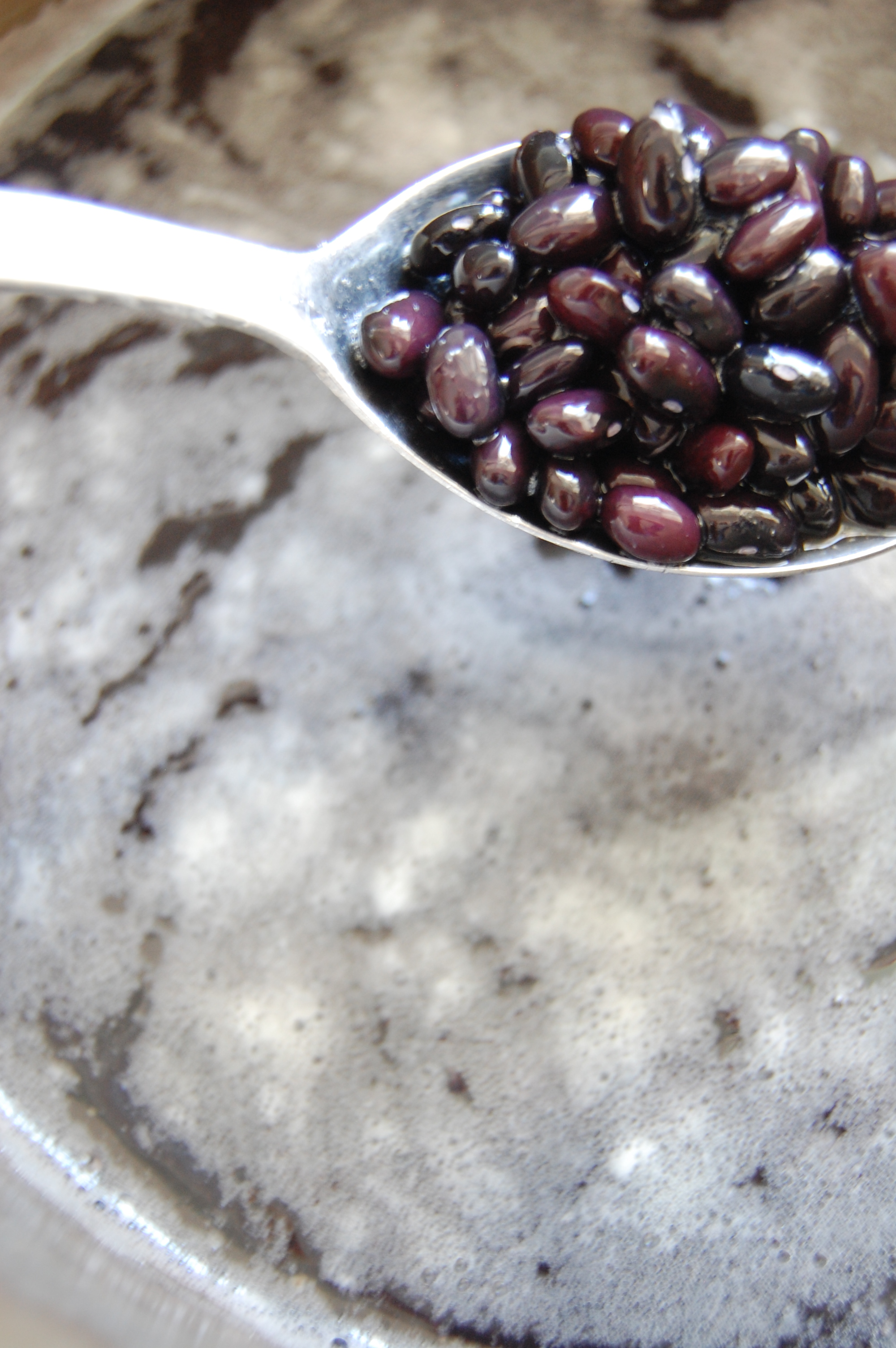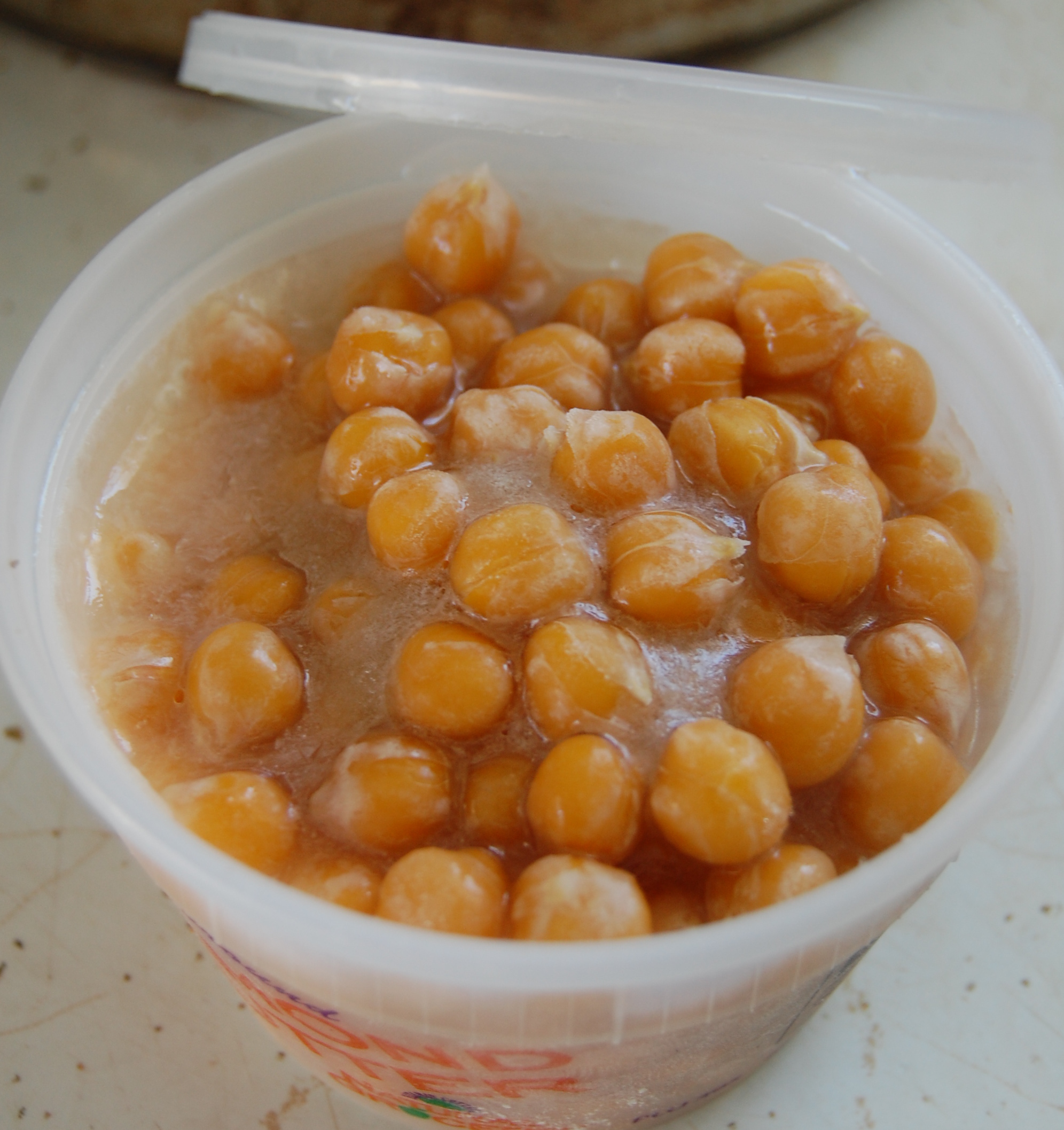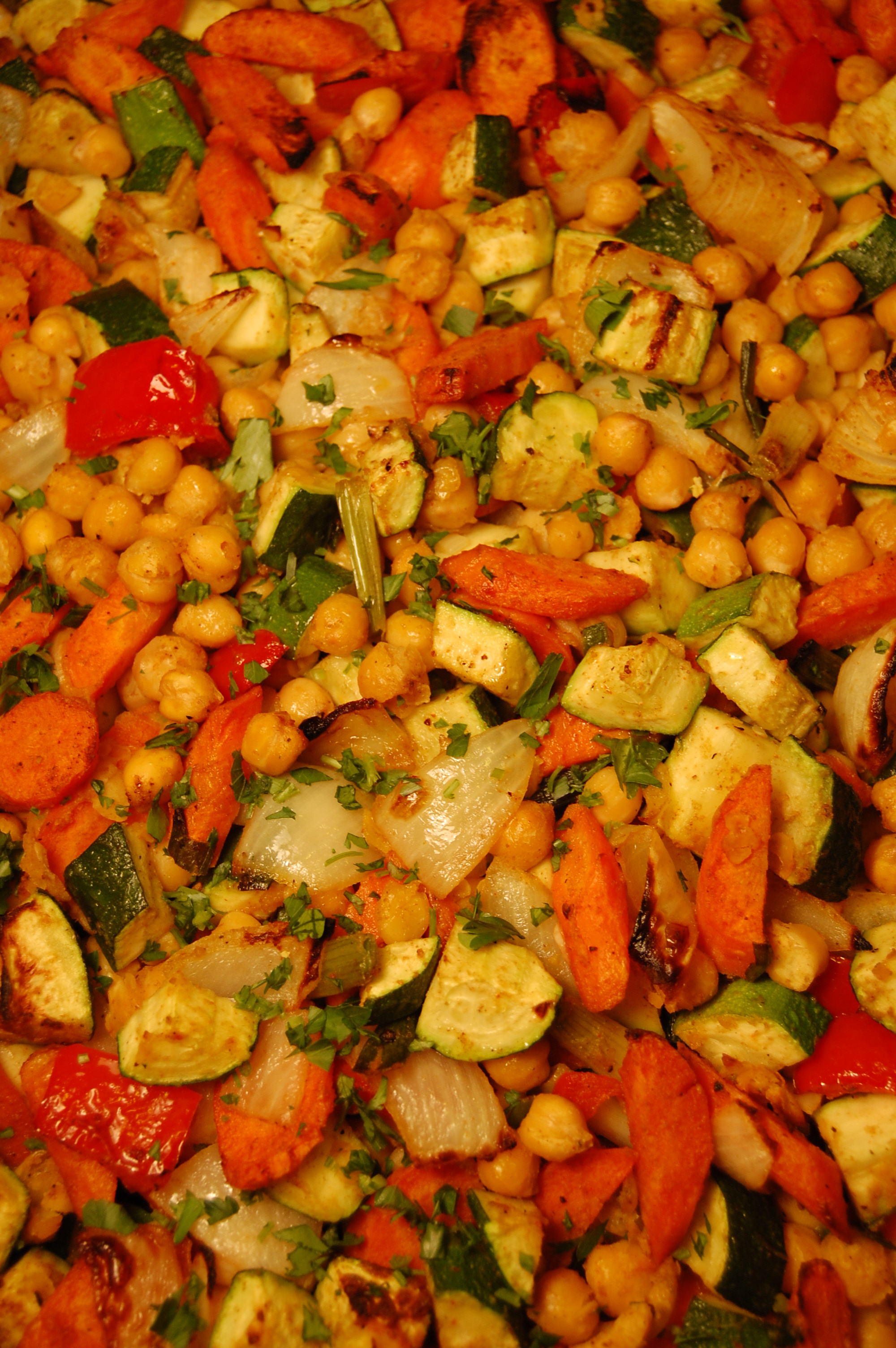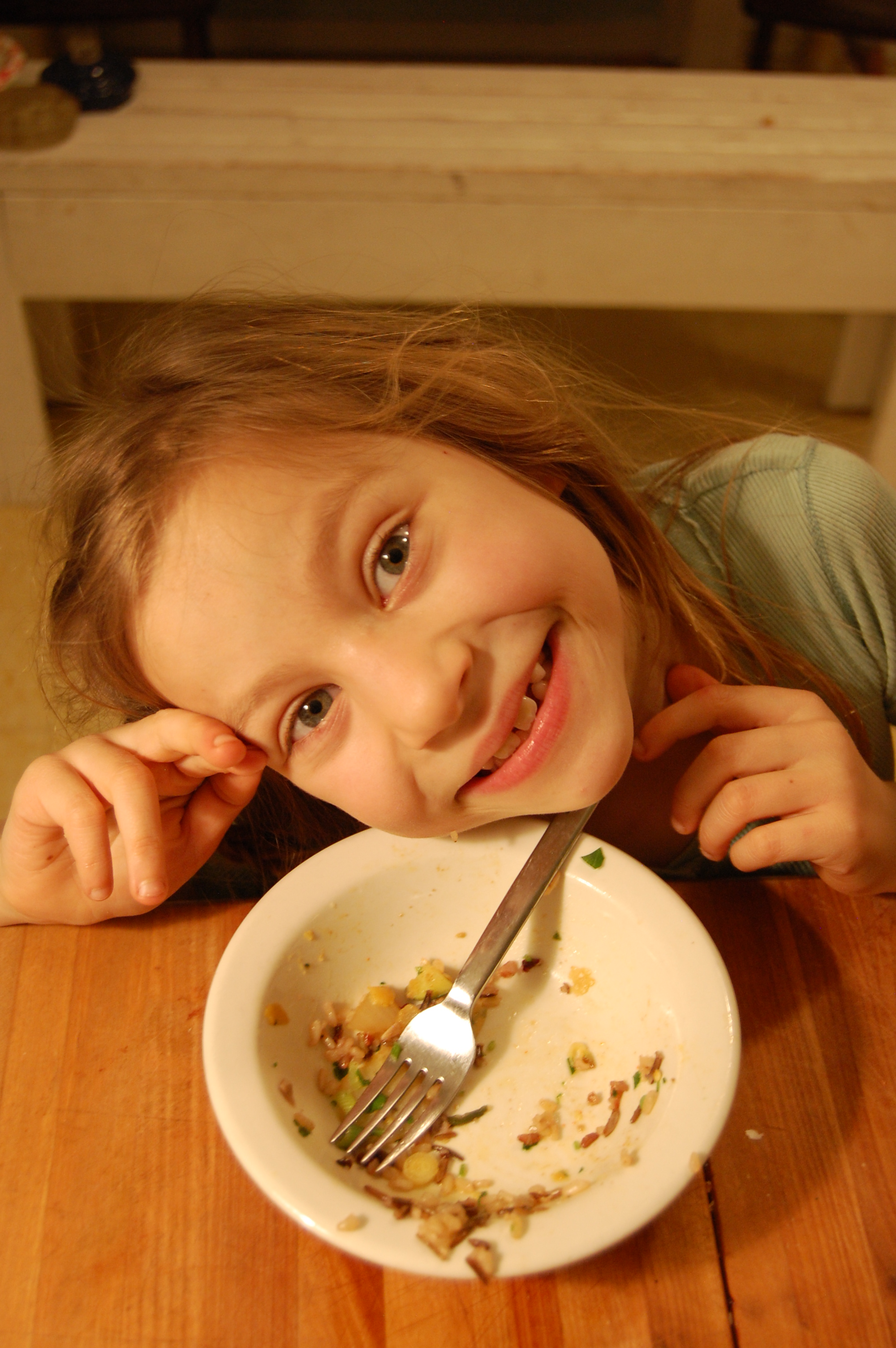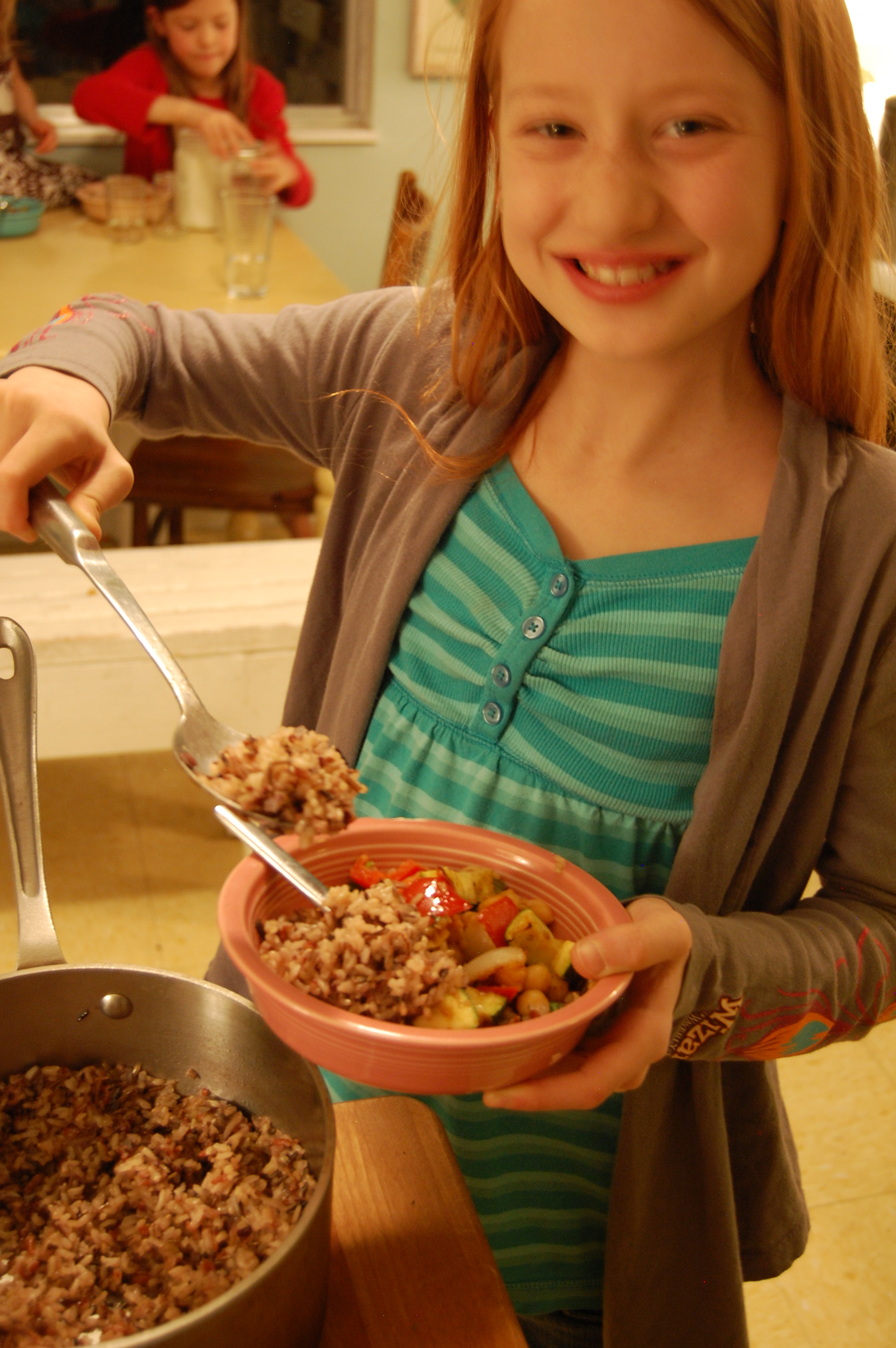Simple, healthy birthday sweets
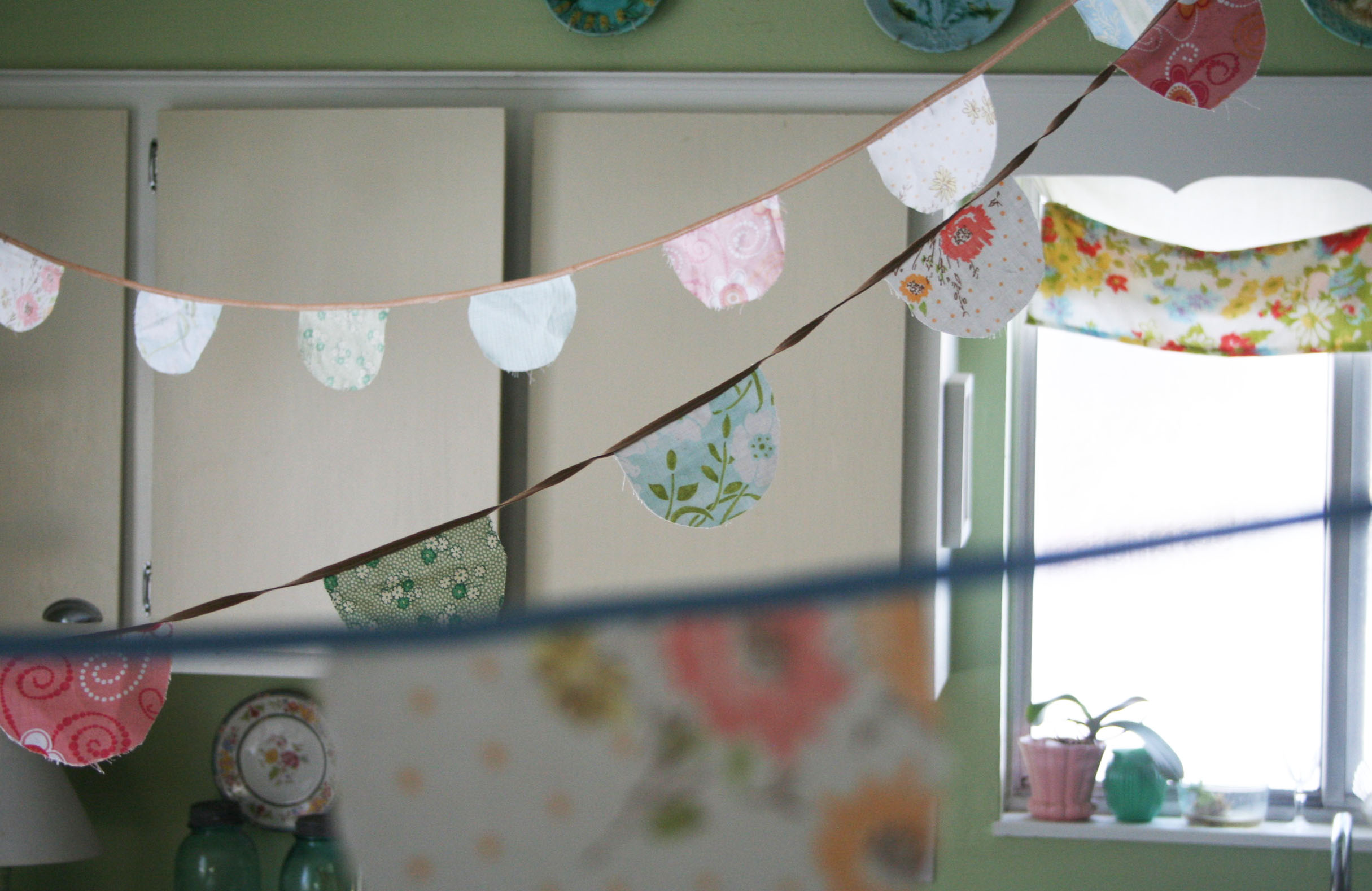 We have at least one birthday per month from January through May. So as soon as the holidays are over... it's birthday season in our house.
We have at least one birthday per month from January through May. So as soon as the holidays are over... it's birthday season in our house.
Because we don't eat sugar or artificial sweeteners, and also avoid most wheat - a birthday party spread looks different in our house... or does it?
The above birthday cake is grain-free, has no refined sugar, is high in protein and full of healthy fat. It was moist and dense with just the right amount of sweet - and almost everyone who ate it wanted seconds!
As I've said before, I'm not the best baker. Most recipes make me feel creatively restricted and I'm really into spontaneity and using what I've got on hand.
This doesn't always work as far as baking is concerned.
The reason I chose this recipe, (found originally on this beautiful site labeled as a pound cake) is because my husband would eat it (grain-free), and it had a short list of ingredients. I changed it a bit - (to use what I had on hand) and it turned out wonderfully!! With such a discovery, I felt I had to share.
We are not a grain-free or Paleo family for a few reasons. First - to eat only well-raised meat and organic fruits and veggies, we'd have to make a lot more money. I do believe that it can be a smart way to eat, limiting carbs has improved our health in big ways. We need our beans and rice though, to balance out the extra money we spend on pasture-raised meat and organic produce.
Second - I believe that grains which are properly prepared can be very nutritious (click HERE for my favorite article on why we soak grains). This means, for us - we only eat sourdough based breads, or overnight soaked baked items. (I've had good results with making my banana bread the night before, letting it soak with yogurt added - then baking the next day). SO, making a quick-rise cake meant I needed to go grain-free.
Now to the sugar issue.
The only sugar we buy is for making Kombucha (since the fermentation process requires it). From my research, I've learned that refined sugar significantly supresses the immune system and can lead to many different health difficulties. (Read more here and here.) Now, we still eat some sweets. We buy raw honey from a local farm, and use stevia and maple syrup in moderation. Life without sweet would be no life at all.... (all joking aside, I WOULD consider it if treating a serious illness).
I believe the goal is to move drastically away from the typical American diet which is dominated by processed food: (refined carbs, chemical flavorings & HUGE amounts of processed sugars.) Have you tasted a grocery store birthday cake lately? The shockingly high amount of chemical-sweet taste is astounding. Not to mention the chemical food colorings added (which are linked to disease and banned in Europe, by the way). It saddens me that so many American kids eat extreme amounts of sugar and chemical additives with every meal. (Juice, chocolate milk and soda to drink, refined breads, and cereals, trans-fat fried food, convenience meals made with unhealthfully-raised meat, loaded with antibiotics).
So often, kids are labeled 'picky' - when often - it could be that they've gotten used to artificial flavors and extreme sweets ruining their taste buds and keeping them from appreciating REAL food. Forgive my rant...I'm sure that I'm preaching to the choir here - most of you already know these things ... I get SO passionate about it!
Grain-free, naturally sweet Coconut Flour Cake
Makes 1 layer of cake. Double or triple for your desired amount of layers!
- 1/2 cup coconut flour
- 1/4 teaspoon sea salt
- 1/4 teaspoon baking soda
- 6 fresh eggs
- 1/2 cup melted coconut oil or grass-fed butter (I prefer using half and half)
- 1/3 cup honey or maple syrup
- 1-2 Tablespoons pure vanilla extract
Preheat your oven to 350 degrees. 1. Mix the coconut flour, salt and baking soda together until it is free from clumps. 2. Beat the eggs, melted fat, honey (or maple syrup) and vanilla together (in a mixer if you use one). Get it nice and frothy so that your cake will be airy. 3. Add the dry ingredients gently to the dry ingredients, and mix until well blended and smooth. Do not over-mix. 4. Pour into a well oiled & dusted cake pan and bake for 30 - 35 minutes. (If your batter isn't pourable, add a smidge of water and mix again.) It’s done when you insert a toothpick and it comes out clean.
We doubled the recipe to make 2 layers of cake.
For the frosting - I used grass-fed heavy whipping cream from Organic Valley (a great source of healthy fat) - whipped it in my mixer, added some vanilla and honey to taste. We added organic blueberries, whipped cream in the middle , then frosted the outside with the whipped cream and topped it with more berries.
The results were a lot of empty plates like this. Hope you give it a try!
